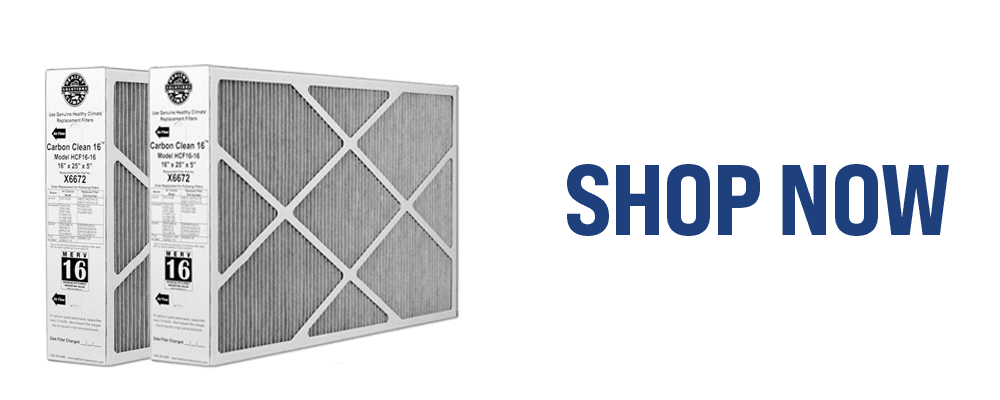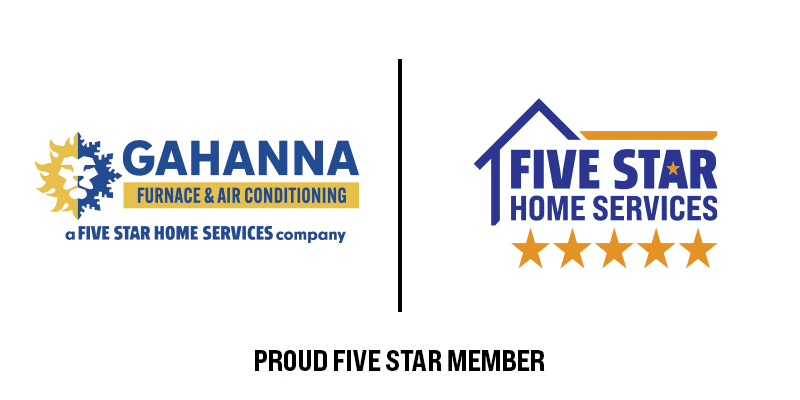For many Ohio residents, the arrival of warmer days also marks the start of the dreaded allergy season. Nestled in the heart of the Midwest, Ohio’s diverse climate and landscape bring a mix of airborne irritants that trigger hay fever and other allergy-related woes. If you’re constantly battling these pesky allergens, you’re not alone! Many Ohioans face the struggle of seasonal allergies. So today, let Gahanna Furnace & Air Conditioning share some tips and tricks to help you protect your home and personal space from the notorious pollen, dust, and other triggers.
Know What Hay Fever Is
Hay fever, or allergic rhinitis, brings on symptoms similar to a common cold. But instead of a virus, these symptoms are triggered by an allergic reaction to indoor or outdoor allergens. The symptoms include:
1. Runny and/or stuffy nose
2. Watery eyes
3. Itchy nose, mouth, or/and throat
4. Sneezing
5. Coughing and/or puffy and swollen eyelids
Know the Facts About Ohio’s Landscape & Allergens
Understanding the culprits is the first step to building your defense against them. In Ohio, allergy season typically hits hard in the spring and fall because of the mass pollination of ragweed, trees, and grasses. During these times, there’s a lot of pollen in the air. Plus, Ohio’s unique geography—with its lakes, rivers, and farmlands—adds to the mix. Mold spores in the damp Ohio River Valley and dust from flat farming areas can really aggravate allergies.
Know the Suggested Home Solutions
Remember, it’s easy to blame fields and forests for your watery eyes and itchy throat, but indoor allergens can be just as bad. Your home can harbor pet dander, dust mites, and mold, which contribute to allergies all year round. Spots like your bedroom, living room, and kitchen can collect these irritants.
Did you know that Hay Fever affects 1 in 5 people at least once in their lifetime?
- Spot and Combat Common Allergens with Professional Solutions: Dusting: Stick to a weekly dusting routine using a damp cloth or a microfiber duster that actually picks up the dust. Don’t forget those tricky spots like ceiling fan blades and shelves.
- Vacuuming: Grab a vacuum with a HEPA filter to catch tiny particles and hit high-traffic areas at least twice a week. Don’t skip the upholstered furniture!
- Curtains and Drapes: These can be dust magnets. Make sure to wash or vacuum them every few months, and let some sunlight in to keep things dry.
- Washing: Regularly wash all your bedding, blankets, and sheets.
- Air Filters: Keep your HVAC system running smoothly to manage indoor air quality. High-efficiency air filters are key—change them as recommended, usually every 30 to 90 days during heavy use.
- Showering: If your allergies are intense, consider showering right after spending a lot of time outside. Washing off pollen or particles ASAP can help reduce triggers inside your home.
Know the Suggested Professional Solutions
Remember, using modern technology can help you achieve an almost allergen-free home. Professional services and smart devices bring convenience and top-notch air purification. Here are a couple worth checking out:
- Duct Cleaning: Getting your ducts cleaned is a great way to reduce allergens like dust and other contaminants in your home. It’s especially helpful in humid environments because mold spores can get circulated through your air, lowering your indoor air quality (IAQ). Regular duct cleaning helps eliminate and prevent the spread of mold spores and other airborne nasties. Plus, you don’t need to get it done too often – every 3-5 years is a good rule of thumb!
- The iWave: The iWave air purifier is a top-notch whole-home purification system that works with your HVAC. It uses cutting-edge, needle-point bi-polar ionization to capture and wipe out allergens, pathogens, and pollutants from your air. It also tackles odors, reduces dust buildup, and promotes overall healthier air. Bonus: it can extend the life of your HVAC system. The iWave is a low-maintenance, silent solution that ensures every room has fresh, clean air.
- A Whole-Home Dehumidifier: Mold loves damp, warm spots, and Ohio’s summers and river valleys are perfect for it to grow. A dehumidifier not only cuts down moisture but also boosts air quality by keeping humidity levels low. It can even help reduce musty odors! Investing in a whole-home dehumidifier that covers your home’s main areas is a solid choice for better IAQ.
- A Smart Thermostat: Did you know a smart thermostat can help improve your home’s IAQ? Many can monitor humidity levels and alert you if they get too high. Plus, a smart thermostat can remind you when it’s time to change your HVAC air filter. What a handy feature to have in the busy day-to-day!
If you are interested in adding any of these beneficial components to your home, or you would like to schedule a ductwork cleaning service, please give us a call. We’d be more than happy to help you on your journey to breathing easier within your own home!

Take control of your indoor air quality with these practical tips. You CAN take charge of your indoor environment. As we wrap up our exploration of home allergens, our goal is to empower readers with knowledge and practical solutions. Remember, a breathable, allergen-free home is within reach, and it all starts with understanding, identifying, and effectively combating these microscopic intruders.
Call Gahanna Furnace & Air Conditioning today at (614) 379-3602 or schedule an appointment online now by clicking here!







